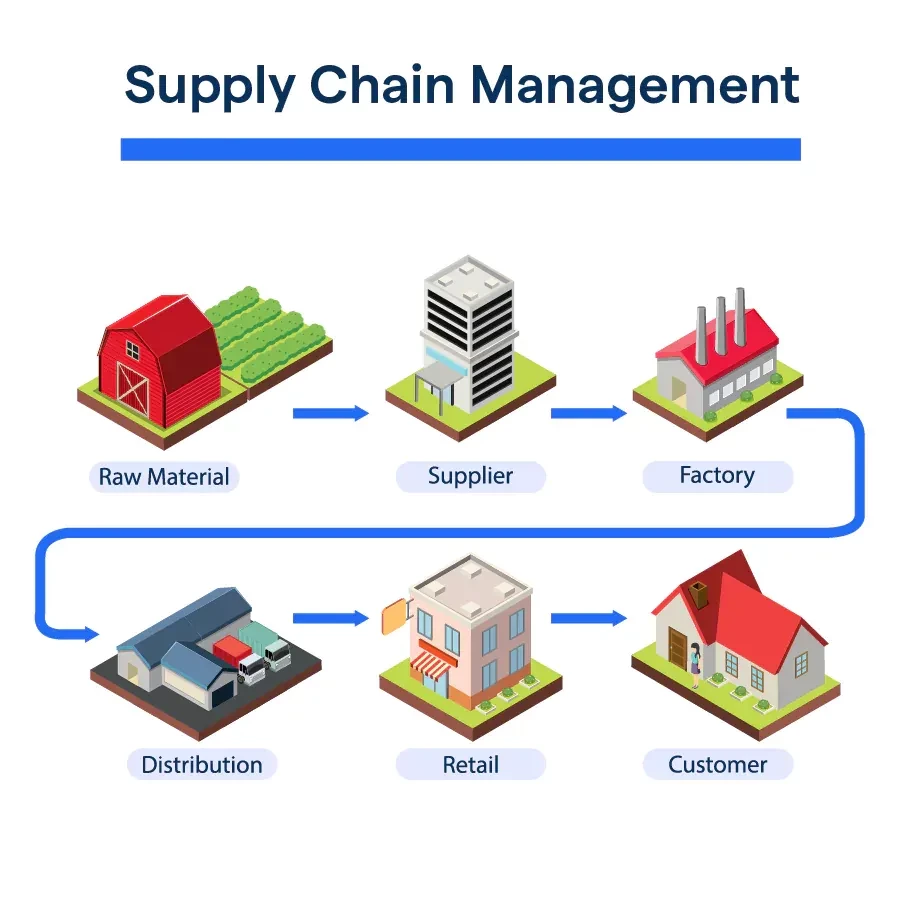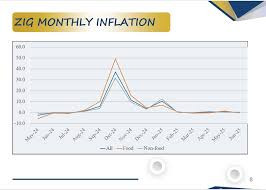
ZIMBABWE has received remittances amounting to US$1,47 billion from the diaspora community in the 10 months period to October 2023, up 8% compared to the same period in 2022, new data from the central bank showed.
Diaspora remittances — money sent by a person in a foreign land to his or her home country — have become one of the biggest foreign currency sources for Zimbabwe after exports.
The central bank data also showed that in the period under review, outward remittances — foreign currency sent outside the country —jumped by 26% to US$45,1 million.
The data showed that diaspora remittances have been on an upward trend since 2022, prompting analysts to call for the introduction of investment instruments modelled towards luring expatriates' participation into the economy.
Economist Stevenson Dhlamini said the figures reflected, on average, an increase in diaspora remittances over the past two years.
“They also, expectably, reflect a gradual decline in the comparative volume of diaspora remittances in these two years and this mainly reflects the realities of a global recession that is bedevilling the global economy,” he said.
“Again, it calls for us to further analyse the composition of these diaspora remittances in terms of regional contributions so that we have a clearer picture of the demographics of these remittances for the purposes of studying their sustainability and policy implications in both the short and medium term of economic growth and development.
“These remittances form a critical component of domestic resource mobilisation which is an agenda clearly embedded in the 2024 national budget.”
- Letters: Zim suffers brain drain due to fragile political environment, faltering economy
- Diaspora remittances hit US$1,17b mark
- How Africa can make the most of diaspora finance
- Zim remittances rise 8%
Keep Reading
The influx of funds, according to analysts, can fuel economic growth, stimulate consumption, and improve livelihoods. These remittances can help alleviate poverty, fund education, healthcare, and infrastructure projects, and create opportunities for entrepreneurship and investment.
Another economist Takudzwa Chisango said there is great need for massive introduction of effective diaspora bonds among other investment instruments modelled towards luring diaspora participation into the economy.
He said the Zimbabwe Diaspora Policy (2016-2020) contained key recommendations on how the country can improve diaspora remittances and harness this constituency for real economic growth and development.
“The government just needs to act upon those sound recommendations before even thinking of coming up with a new diaspora policy,” Chisango said.
Economist Farai Chigora said the economy is being sustained by other people who are not producing within Zimbabwe.
"That is why you see even when you want to calculate your gross national product, where you consider exports minus imports to have the real value and talk about that production that came from other people or production that have been done out of Zimbabwe, it shows a lot in that extent," he said.
"But this is not showing that production has been done because it is not recorded in Zimbabwe. We don't have aggregate netted production within and outside Zimbabwe. It is just money that is coming through these formal and informal channels."
He added: "We are being sustained by our nationalities out there and nothing's happening within our economy because if we were making something, our outward should talk investment that we are doing outside, us purchasing heavy equipment but its not happening."
Remittances are projected to continue driving the current account surplus and were projected to close the year 2023 at US$2,1 billion, before rising further to US$2,2 billion in 2024, according the 2024 national budget statement.










